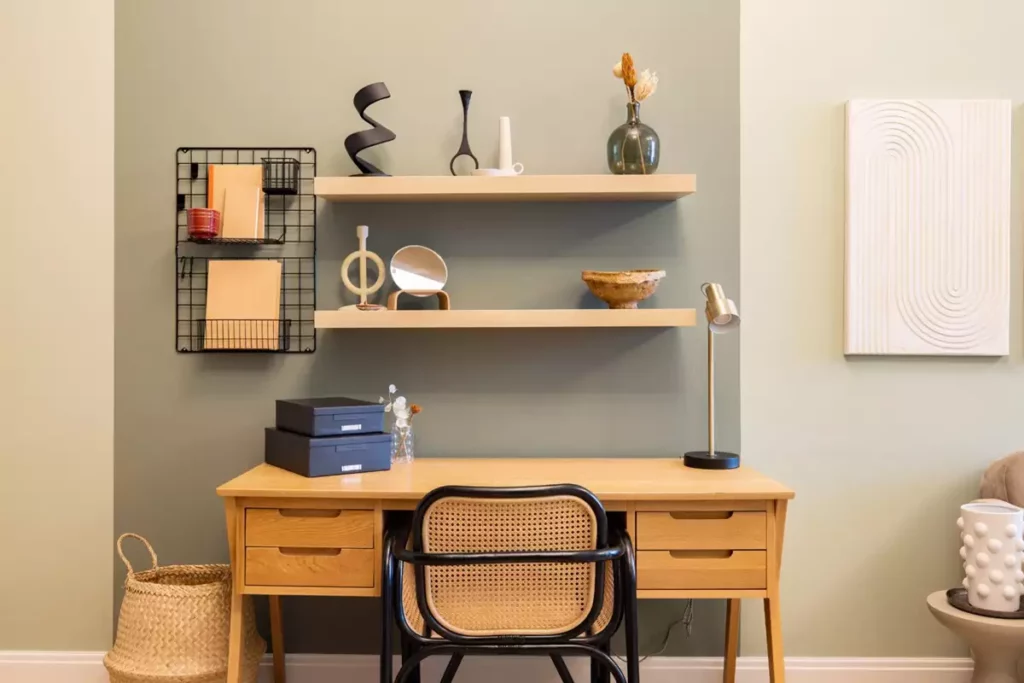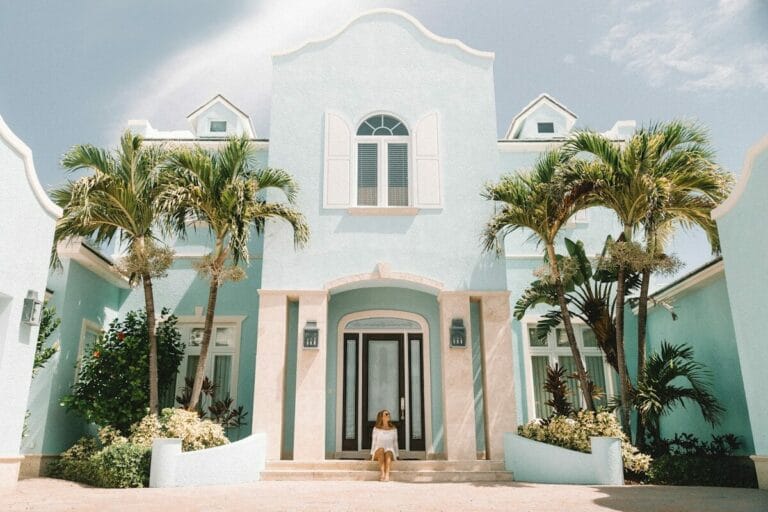Design your Sanctuary at home to alleviate anxiety
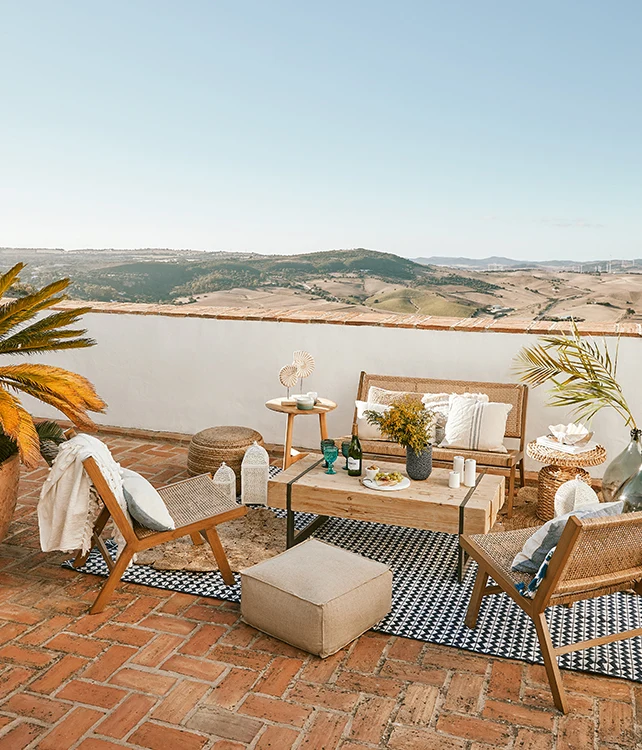
In today’s fast-paced world, it’s easy to become overwhelmed and stressed, which can lead to anxiety. While there are many strategies you can use to manage anxiety, one of the most effective is to create a sanctuary at the heart of your home. Imagine returning home to a space designed for you, a sanctuary where you can escape from the outside world and find peace and tranquility. In this article, we’ll explore some easy steps you can take to design a sanctuary at the heart of your home, with lessons from world class architects who are making life simple.
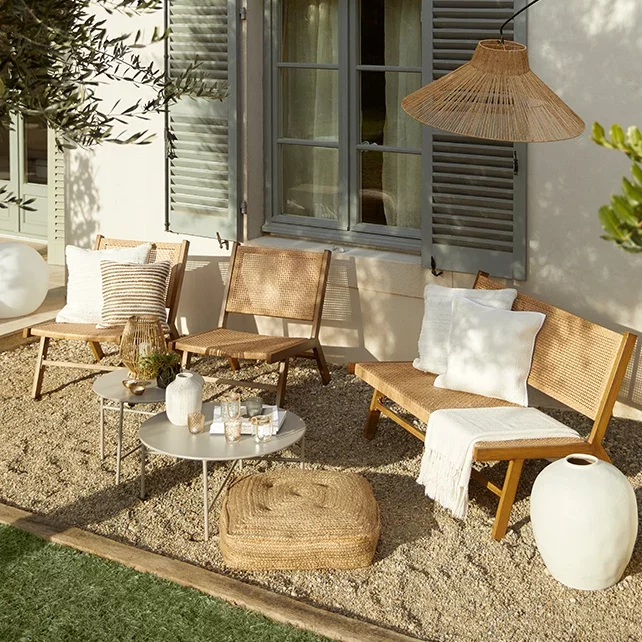
Table of Contents
Why a sanctuary is important for managing anxiety
As our world becomes increasingly fast-paced and stressful, it’s no surprise that rates of anxiety and other mental health issues are on the rise. In fact, according to the World Health Organization, one in four people will experience mental health problems at some point in their lives.
Science has shown that our environment plays a significant role in our mental health. In a study published in the Journal of Environmental Psychology, researchers found that exposure to nature, even in small amounts, can reduce feelings of anxiety and stress. Similarly, a study published in the Journal of Happiness Studies found that having a comfortable and personalised living space can lead to increased feelings of happiness and well-being.
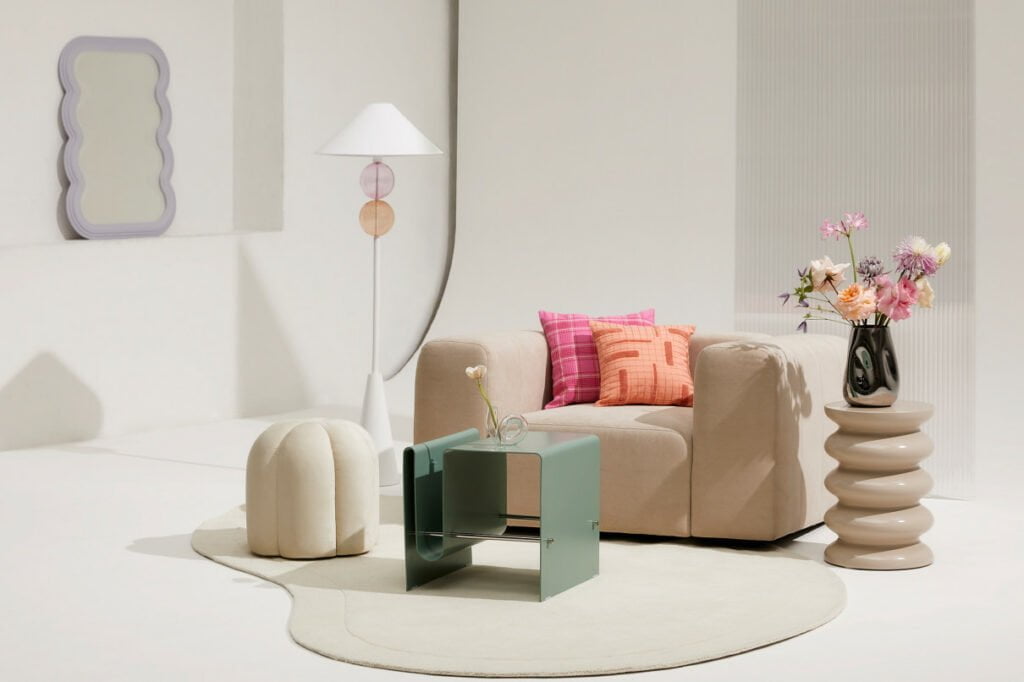
Despite the evidence, many of us neglect our home environments, choosing instead to focus on external factors like work and social obligations. This can have serious consequences for our mental health. According to a report by the Mental Health Foundation, the average adult in the UK spends just 8% of their time outside in nature and over 40% of adults report feeling lonely or isolated.
Designing a sanctuary at the heart of your home could be a place where you can escape from the outside world and find peace and tranquillity and break free from anxiety and improve your mental health. By designing a space that promotes relaxation and tranquillity, you can create a refuge from the stresses of everyday life. From calming colours to comfortable furniture, there are many ways to customise your sanctuary to suit your individual needs.
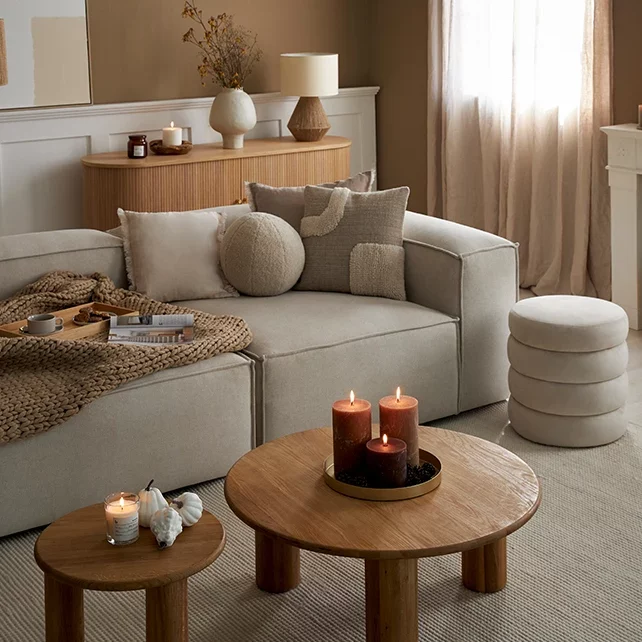
Finding the right space for your sanctuary
Once you’ve committed to creating a sanctuary in your home, the next step is finding the right space for it. This can be a challenge, especially if you’re working with limited space or a home layout that doesn’t easily lend itself to creating a calm and peaceful environment.
The first step is to assess your home’s layout and consider which rooms might be best suited to your sanctuary. Look for spaces that are quiet and free from distractions, with plenty of natural light and ventilation. You’ll also want to consider the size of the room and whether it can accommodate the furniture and accessories you’ll need to create your sanctuary.
Once you’ve identified a few potential spaces, it’s time to start thinking about how you can transform them into a calming and peaceful environment. This might involve repainting the walls, adding window treatments to control noise, light and privacy, and investing in comfortable and supportive furniture.
It could be a small or a large place, a quiet spot at the back of your home or a secluded space in your back garden. You may find comfort in being surrounded by nature or near a source of natural light.
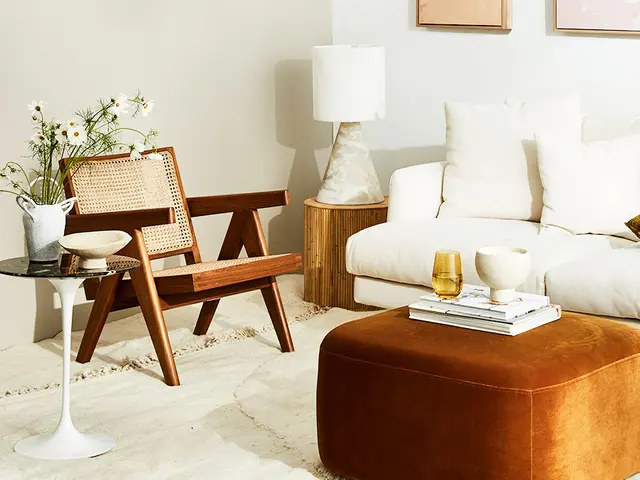
Designing a calming atmosphere at home
Once you’ve found the right space for your sanctuary, the next step is to create a calming atmosphere that promotes relaxation and well-being. There are many elements that can contribute to a peaceful environment, including colour psychology and lighting.
When it comes to choosing colours for your sanctuary, it’s important to consider the psychological effects of different hues. Soft, muted colours like blues, greens, and greys can create a sense of calm and serenity, while bright, bold colours may be too stimulating and overwhelming. You might also consider incorporating natural elements like wood, stone, or plants to bring a sense of peace and tranquillity to your space.
Lighting is another important consideration when creating a calming atmosphere in your sanctuary. Natural light is ideal, as it promotes healthy circadian rhythms and can improve mood and energy levels. If your space doesn’t have access to natural light, consider using warm, soft lighting to create a relaxing ambiance. Avoid harsh, bright lights or flickering screens that can disrupt sleep and cause eye strain.
Other factors to consider when creating a calming atmosphere include sound and scent. Soft, soothing music or natural sounds like rain or waves can help promote relaxation and improve sleep quality. Aromatherapy with essential oils like lavender, chamomile, or sandalwood can also be a powerful tool for reducing stress and creating a calming atmosphere.
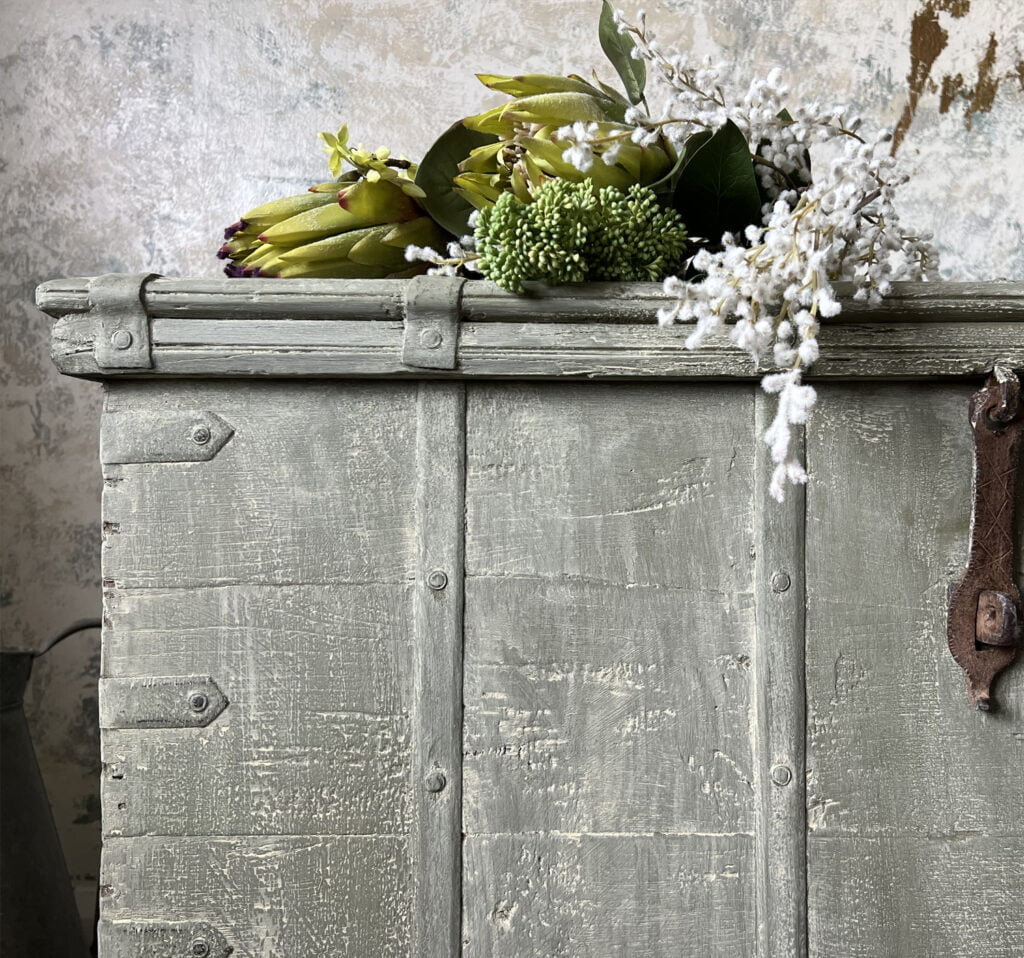
Furnishing your sanctuary to break free from anxiety
The key consideration to keep in mind is ‘less is more’. The goal is to create a space that is versatile, comfortable, supportive, and promotes relaxation and well-being. Look for pieces of furniture that are ergonomic, provide adequate support for your body, and encourage good posture. Soft, plush materials like cotton, wool, or cashmere can also add a cosy and welcoming feel to your space. Perhaps is a good idea to visit a shop that inspires you to create something truly unique to you. We recommend Westwing which is always just a click away.
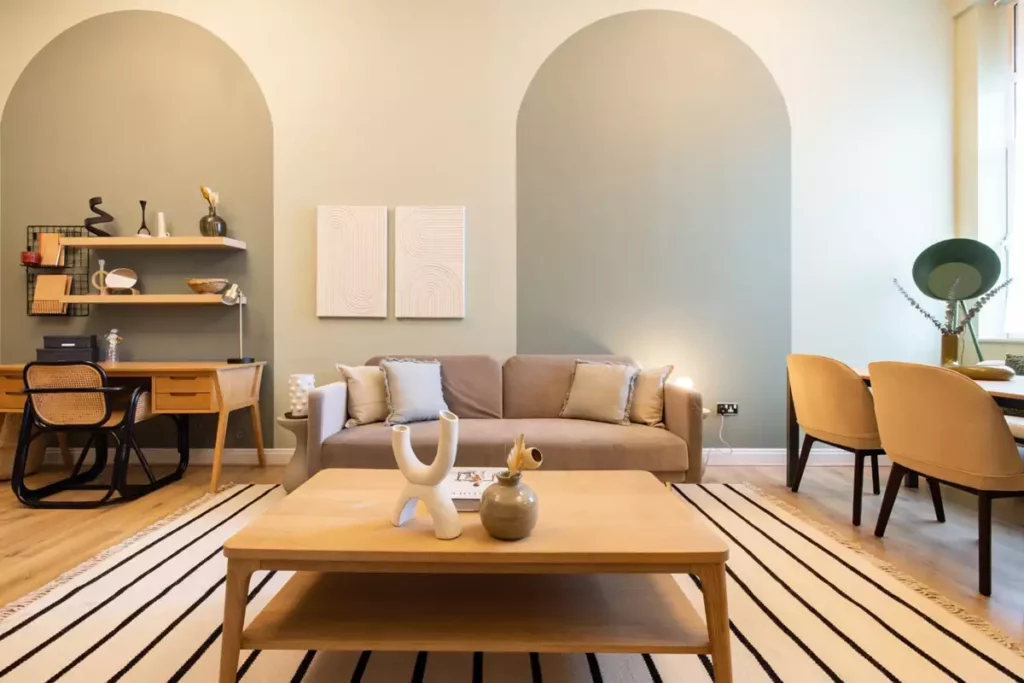
Consider adding plants, flowers, or other natural elements like stones, shells, or driftwood to bring a touch of nature into your space. Not only can these elements help improve air quality and reduce stress, but they can also add a sense of beauty and serenity to your surroundings.
Curating just a few pieces of decor and artwork when furnishing your sanctuary will bring you joy and help create a sense of calm and tranquillity. This could be anything from a favorite painting or photograph to a meaningful piece of pottery or sculpture. You might also consider incorporating elements of your personal history or culture to help create a sense of connection and meaning in your space.
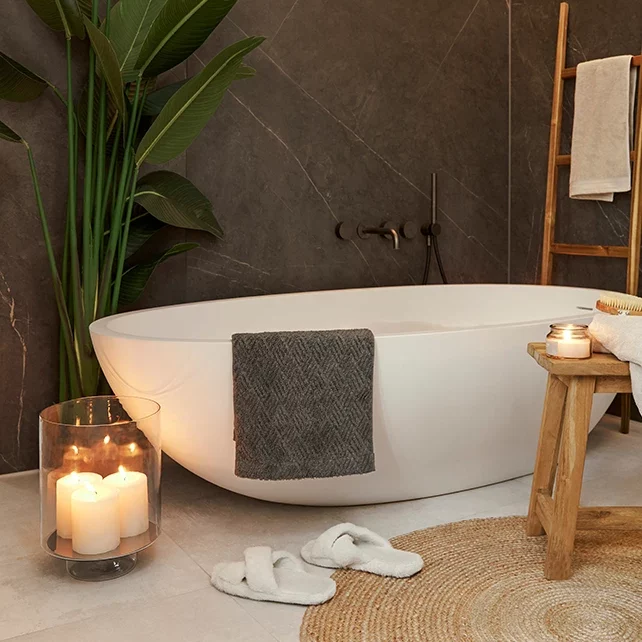
Curate technology that can add calm energy to your sanctuary
While technology can often be a source of stress and distraction in our lives, it can also be a powerful tool for creating a calming and relaxing sanctuary in our homes. Here are a few ways you can use technology to enhance your sanctuary:
Soundscapes and music for relaxation
There are a variety of soundscapes and music options available that are specifically designed to promote relaxation and reduce stress. From the soothing sounds of nature to calming instrumental music, these options can be an effective way to help you unwind and de-stress in your sanctuary.
Meditation and mindfulness apps
Meditation and mindfulness practices have been shown to be effective in reducing stress, improving mental health, and promoting overall well-being. There are many apps available that can guide you through meditation or mindfulness exercises, providing a helpful tool for incorporating these practices into your daily routine.
Smart home technology to control lighting and ambiance
Smart home technology can be a great way to create a customized and relaxing ambiance in your sanctuary. With the ability to control lighting, temperature, and other environmental factors, you can create a space that is tailored to your needs and preferences. For example, you might choose to install smart light bulbs that can be programmed to gradually dim at night, helping to prepare your body for sleep.
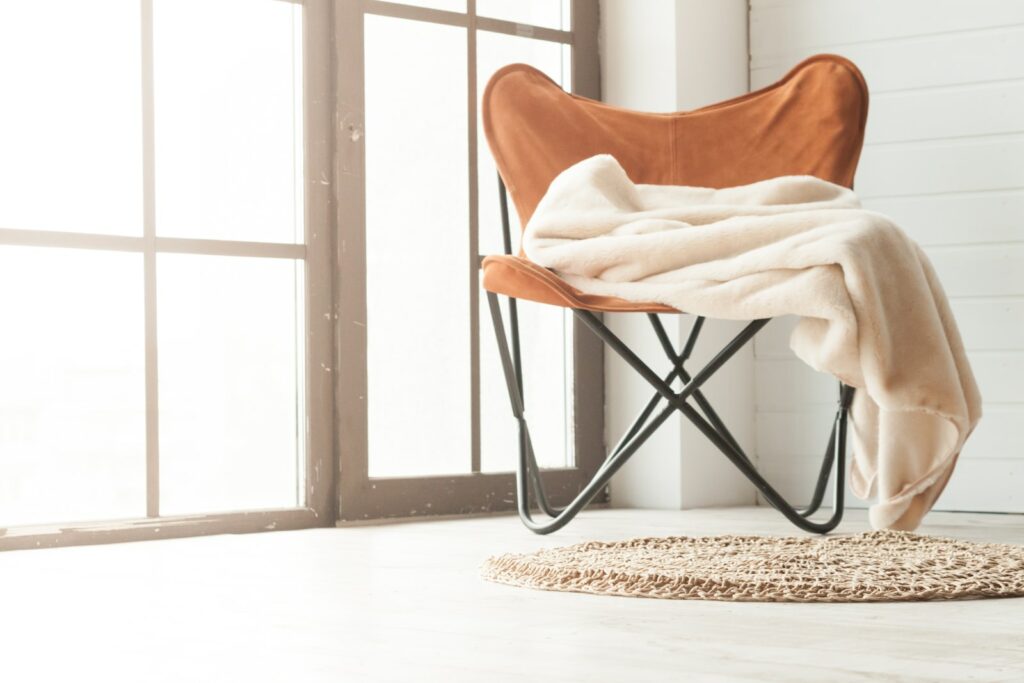
Maintaining your sanctuary
Maintaining your sanctuary is just as important as creating it. To fully benefit from the calming and rejuvenating effects of your sanctuary, you need to establish a daily routine that includes spending time there. Here are some tips to help you maintain your sanctuary:
Establishing a daily routine that includes spending time in your sanctuary can help you form a habit of relaxation and peace. Whether it’s meditating, reading a book, or simply enjoying the ambiance, make it a daily practice to spend some time in your sanctuary.
A cluttered and messy space can be a source of stress and anxiety. Regularly cleaning and decluttering your sanctuary can help keep it a calming and peaceful space. Take some time to go through your space and get rid of anything that doesn’t contribute to the atmosphere you’re trying to create.
Your needs and preferences may change over time, and it’s important to adapt your sanctuary to accommodate them. Maybe you need a new piece of furniture for added comfort or want to incorporate new decor that aligns with your evolving tastes. Don’t be afraid to make changes that will help you continue to feel relaxed and rejuvenated in your sanctuary.
Making life simple- lessons from world class architects
Many famous architects have embraced the idea of creating calm and peaceful homes for the 21st century. These architects understand the importance of designing homes that promote relaxation and well-being, and they have developed unique approaches to achieving this goal.
One such architect is John Pawson, who is known for his minimalist designs that emphasise simplicity and functionality. Pawson’s homes are characterised by their clean lines and neutral colour palettes, which create a sense of calm and serenity. His designs often incorporate natural materials like wood and stone, which add warmth and texture to the space.
Another architect who prioritises calm and peaceful design is Tadao Ando. Ando’s homes are characterised by their use of natural light and the incorporation of natural elements like water and greenery. His designs often feature open spaces and clean lines, which create a sense of clarity and simplicity.
The work of architect Peter Zumthor also emphasises a sense of calm and tranquillity. Zumthor’s designs focus on creating a sensory experience for the occupants of the space, often incorporating natural materials and textures like wood, stone, and water. His homes are designed to be quiet and serene, with a focus on creating a space for introspection and reflection.
Finally, the work of architect Kengo Kuma also makes calm and peaceful living environment the focus on his work. Kuma’s designs often incorporate natural materials like bamboo and wood, and he is known for his use of light and shadow to create a sense of tranquillity. His homes are designed to be in harmony with nature, with a focus on creating a sense of balance and unity.
In a world that is becoming increasingly stressful and fast-paced, the work of these architects offers a refreshing perspective on the importance of calm and peaceful living spaces. By designing homes that prioritise relaxation and well-being, they are helping to create a more sustainable and fulfilling way of life for the 21st century.
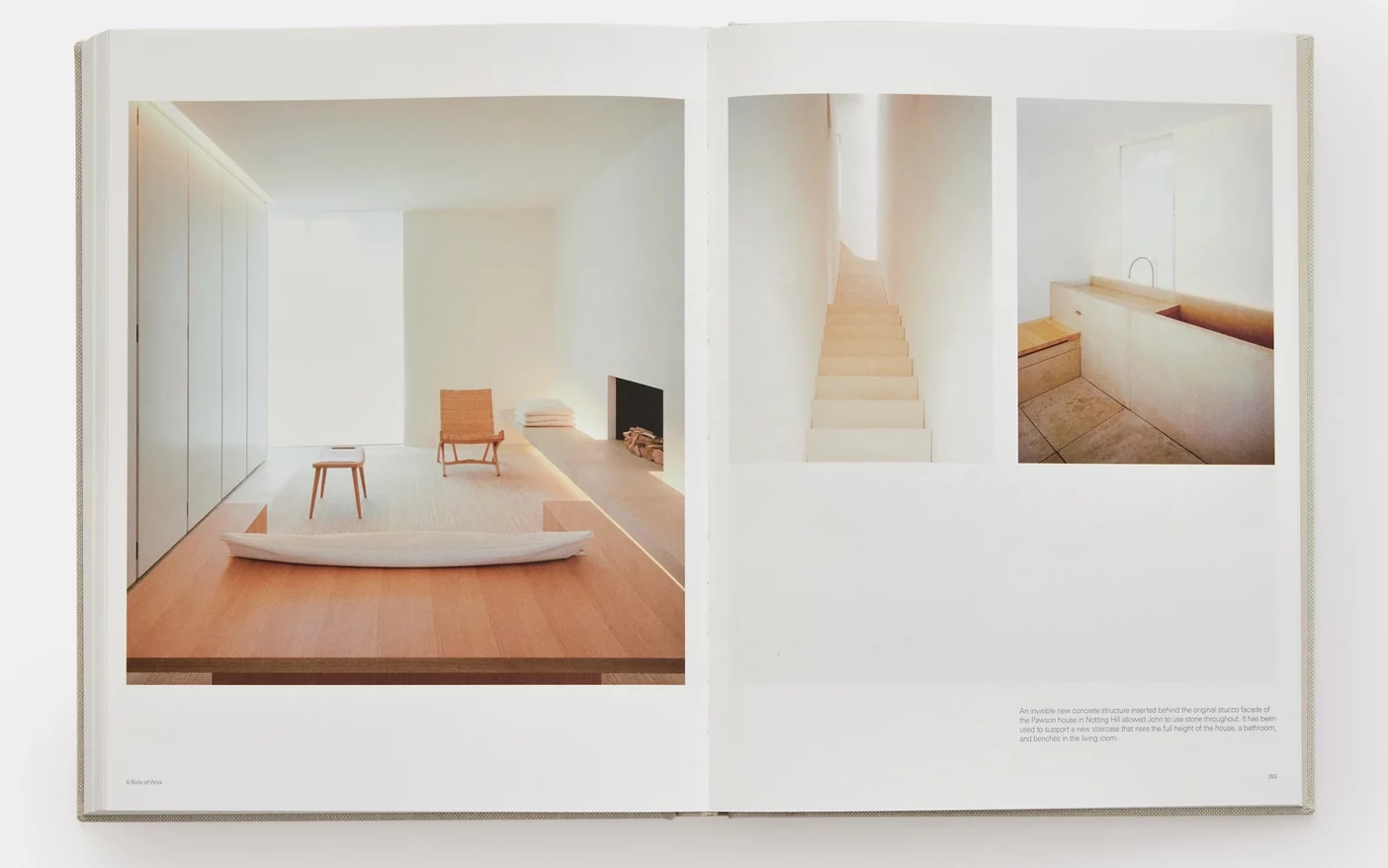
Making Life Simpler is more than just a retrospective of Pawson’s work but an opportunity for inward assessment, appraisal, and reflection. This book encourages readers to consider the importance of simplicity and calm in their own lives, and to reflect on the ways in which their environments impact their mental health and well-being.
For fans of John Pawson’s work, Making Life Simpler is a must-read. But the book also offers something for anyone interested in the intersection of design, architecture, and mental health. As we continue to navigate a world that is increasingly complex and overwhelming, the lessons of simplicity and calm that Pawson’s work embodies are more important than ever.
The lessons of simplicity and calm that John Pawson’s work embodies are not just important for architects and designers. They are also essential for anyone who is looking to create a more peaceful and harmonious home environment.
As we continue to live in a world that is increasingly complex and overwhelming, it is more important than ever to consider the impact of our surroundings on our mental health and well-being. Studies have shown that a cluttered and chaotic environment can lead to increased stress and anxiety, while a clean and organized space can help to promote feelings of calm and relaxation.
By incorporating the principles of simplicity and calm into our homes, we can create a sanctuary that promotes mental health and well-being. This can include decluttering and organising our living spaces, creating a minimalist design scheme, and incorporating natural elements such as plants and natural light.
But the benefits of a calm and peaceful home environment extend beyond just our mental health. A well-designed home can also improve our physical health, promoting better sleep and reducing the risk of illness and injury.
Incorporating the lessons of John Pawson’s work into our own lives may not be easy, but it is certainly worth the effort. Taking the time to reflect on the impact of our surroundings on our mental and physical health, and making intentional choices about your home design, is a deliberate decision to alleviate anxiety and embrace harmony and well-being for ypourself and your loved ones.
